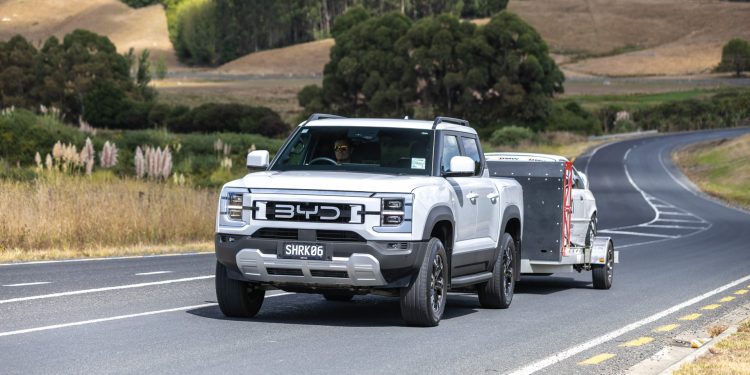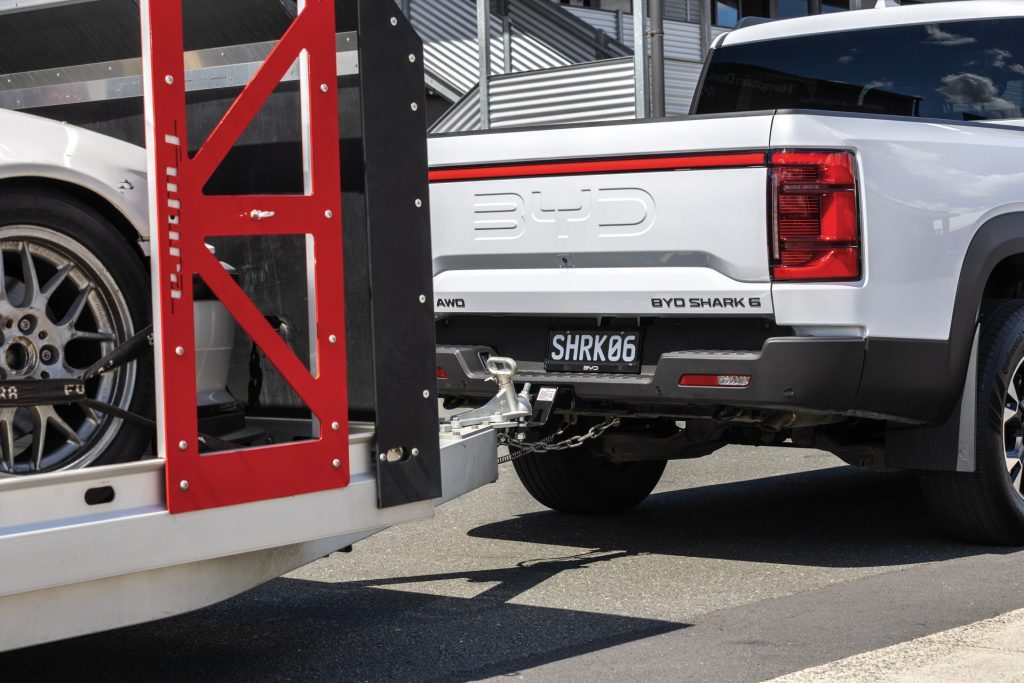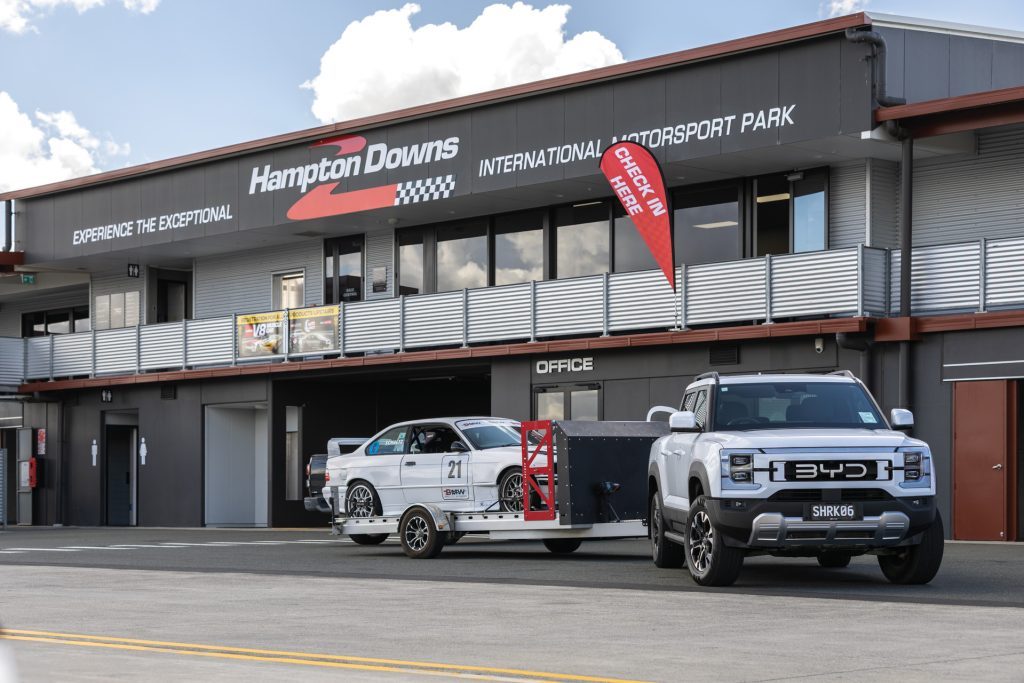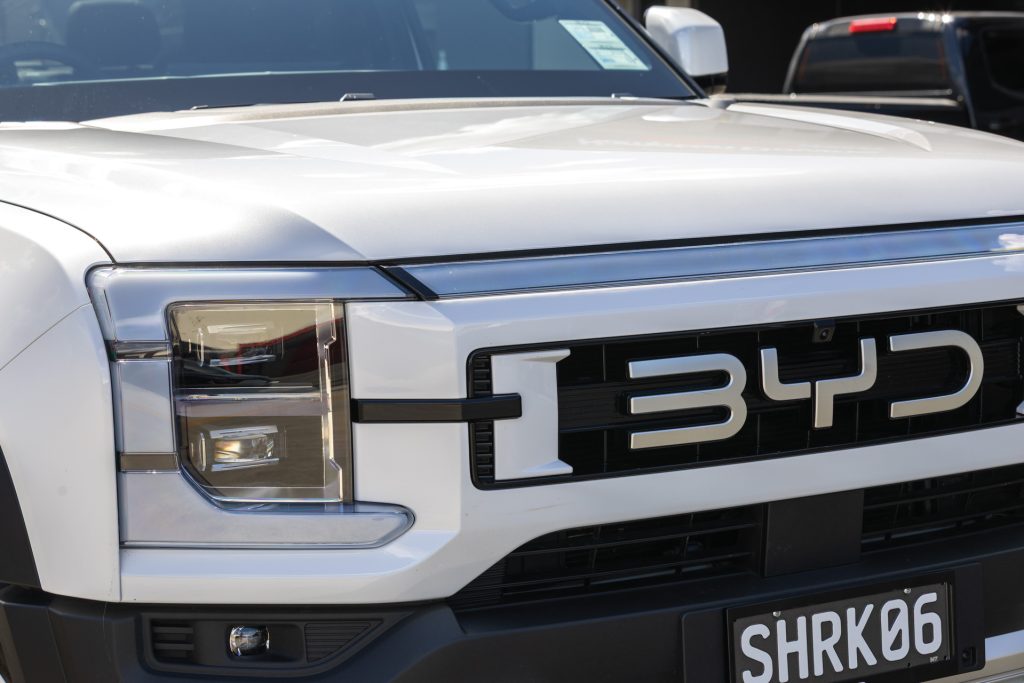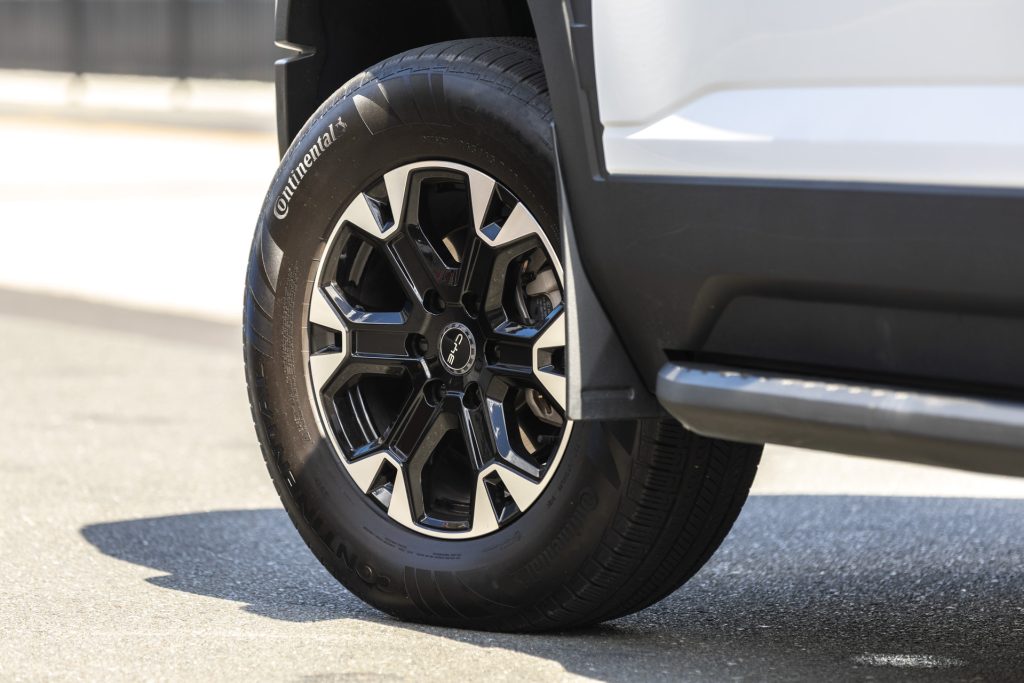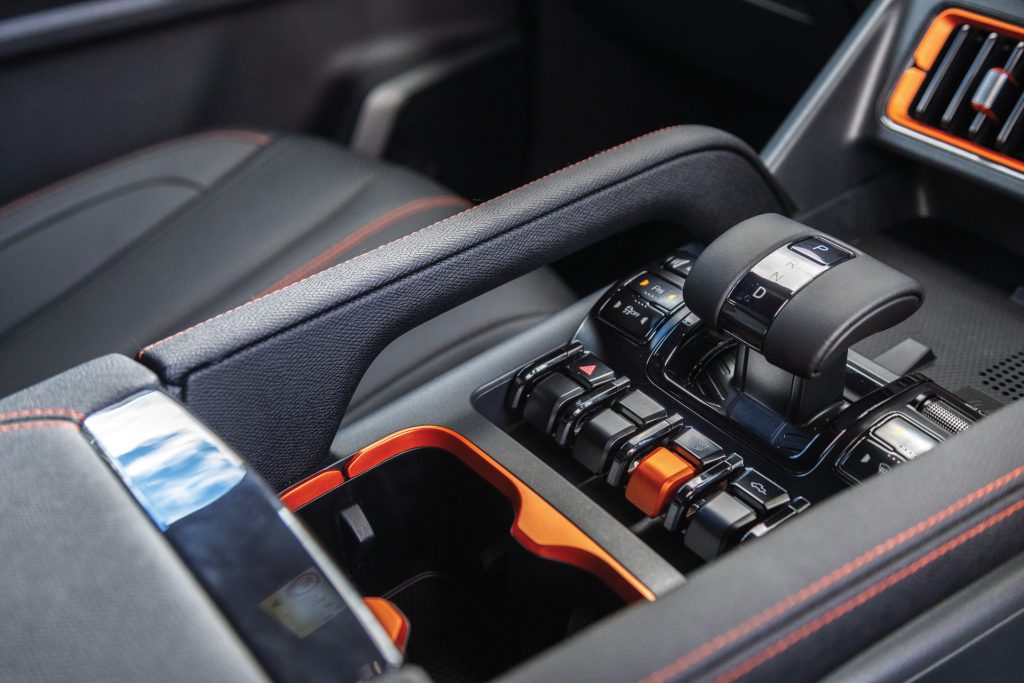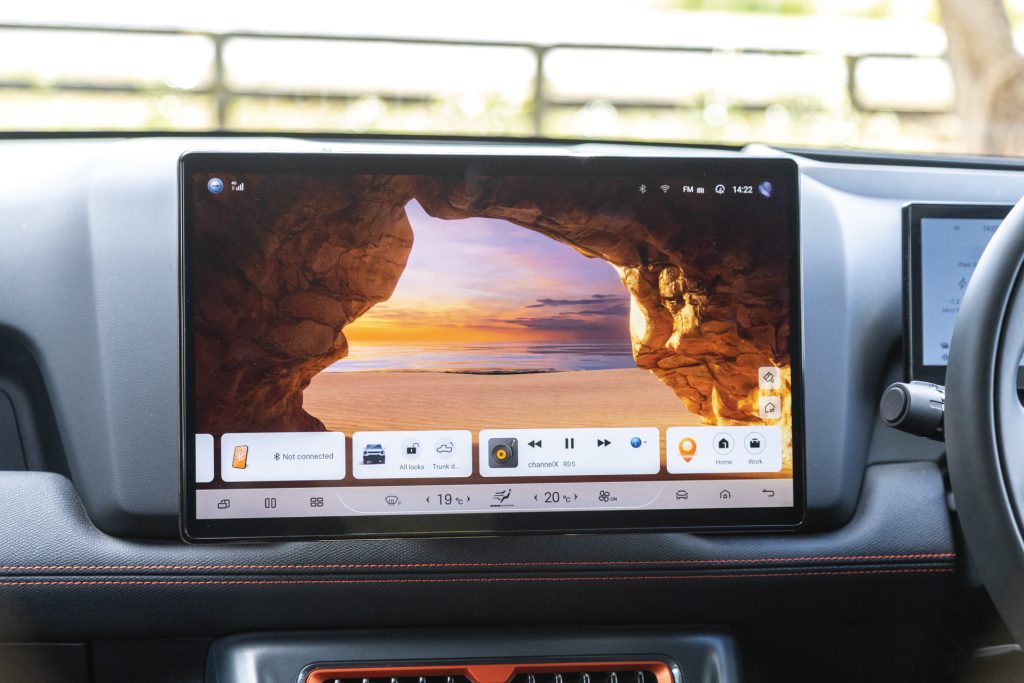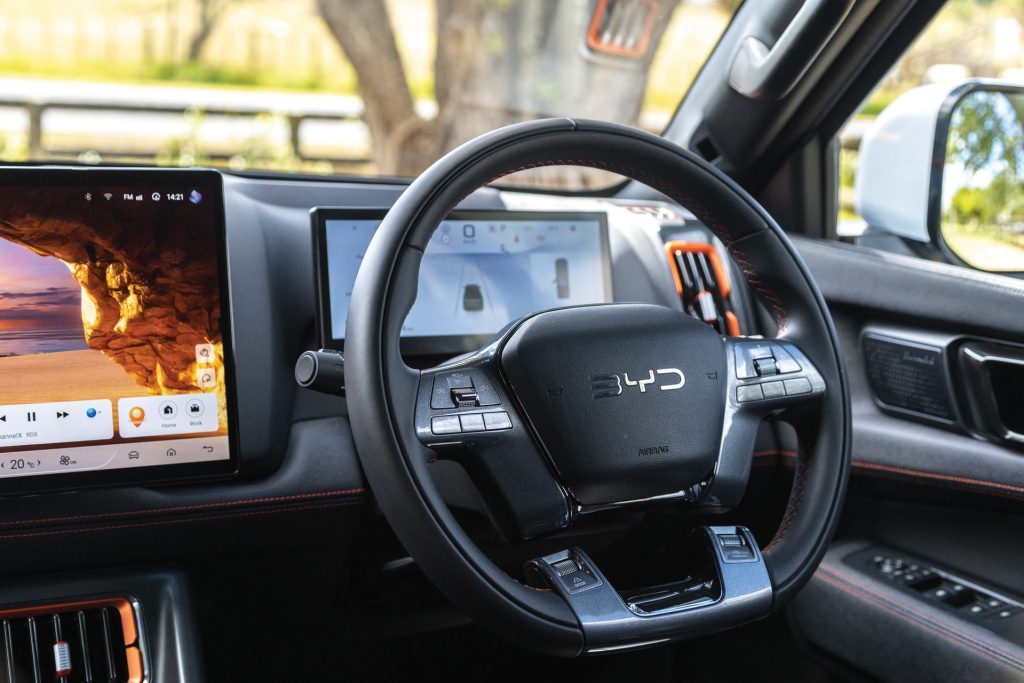2025 BYD Shark 6 Premium Review
Words: Kyle Cassidy | Photos: Alex Schultz
The BYD Shark 6 is a plug-in hybrid ute with a small appetite for fuel. It has plenty of torque from its electric motors but can it pull like a bull?
The BYD Shark 6 has officially arrived and is off to a flying sales start. It’s not easy establishing a new nameplate, but the Shark 6, with 539 delivered, has elevated BYD up the best sellers list. The nameplate now features in the top ten, ahead of Hyundai and GWM.
It is enjoying its honeymoon period but the interest is there from people who actually buy new utes. On the flipside, there are many Shark 6 doubters lurking in the murky social media spaces with various opinions on its perceived lack of capability. Personally, I avoid the area. There is a reason the US Surgeon General has called for warning labels on social media platforms similar to those on cigarette boxes. He says that social media is a contributing factor in the mental health crisis, especially amongst teens. It’s as toxic as tobacco, but the dopamine hit, similar to nicotine, hooks people in. It’s here that the uninformed like to fester and taunt.
Anyhow, it’s also here you’ll find those that say a ute that can’t tow 3.5 tonnes is useless. Hmm, can’t remember the hate for the Falcon and Holden utes that were rated to haul less (Falcon 2300kg, Holden 2100kg). For many, the Shark 6’s braked rating of 2.5 tonnes will be sufficient. That will cover most small- to medium-sized boats and caravans. And for car folk, we loaded Alex’s BMW racer to the hitch to see how it went.
It wasn’t all plain sailing, though the troubles were all user induced. The Shark 6 is fitted with a 50mm towball, and after double checking that was what we required, we discovered the car trailer actually has the dreaded 1 7/8th hitch. It wasn’t easy to get the 50mm towball off the hitch either. Well, not until we started turning the big crescent in the right direction, and then it unscrewed easily enough. A quick trip down the road bagged us a 50mm ball, only to find the shank was too big to fit the Shark’s narrow ball mount hole. So back again to the shop to find one that fitted. Another towing tip; when you are changing balls, ensure that you don’t leave the nut to the other ball on the trailer drawbar. Because it won’t be there when you get back.
Finally under way, we found the Shark 6’s ample torque and the smooth delivery make for easy towing. The BMW racer and trailer weigh in around 1900kg all told, so well within the 2.5 tonne limit of the Shark 6. With a load on the rear, the Shark 6 rides better, plush almost, but still has the travel to soak up the bumps.
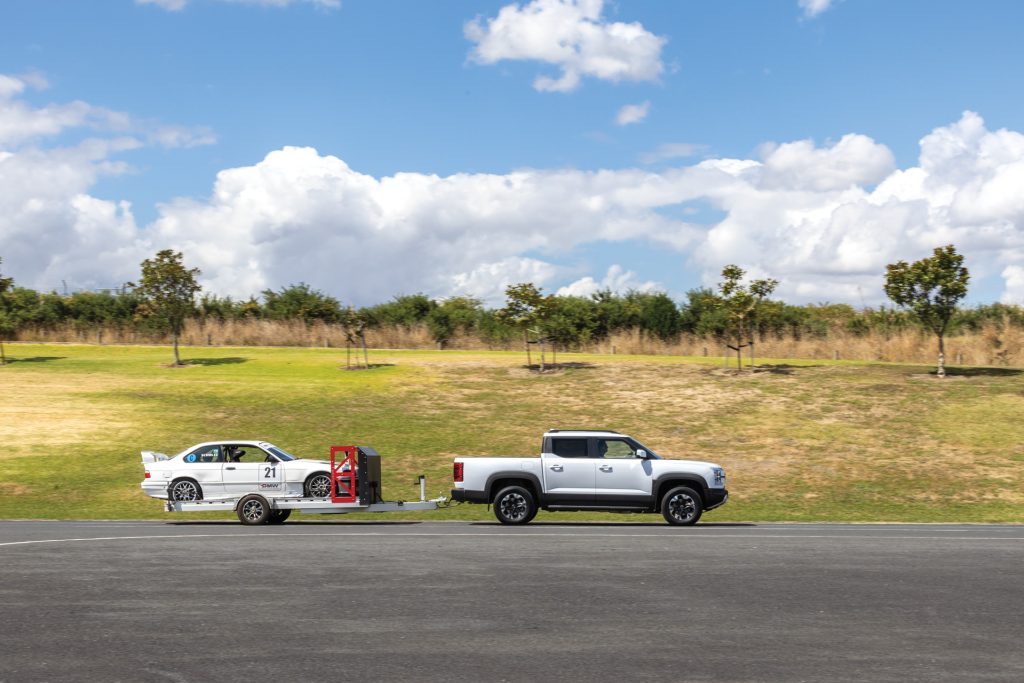
Once the trailer is hooked up and the wiring harness connected, Shark 6 then defaults to hybrid mode, i.e., you can’t tow in engine-off, EV mode. The Shark 6 also issues forth a few handy safety messages via the screen. For example: ‘Ensure there is sufficient energy in the vehicle to allow for the reduction in range from towing’. Yes, towing uses more energy. The best advice, “Please tow on a flat road as possible [sic]”. BYD shouldn’t have worried, this pulls up hills well. It easily surged up the Bombay incline heading north on a half throttle at the legal towing limit (90km/h) and then accelerated up past that when given the full travel.
BYD recommends setting the battery state of charge at 70 per cent when towing. That means the 1.5T will turn the generator to ensure the battery maintains a 70 per cent charge. This helps ensure the motors can draw on that energy to produce their full output. When we hooked the trailer up, the battery was at 54 per cent, meaning the engine was working hard initially to get the battery back up to 70 percent. And that sent the fuel consumption rising rapidly towards 20L/100km. So, ideally, start your towing with a charged battery. However, once at 70 per cent, the 1.5 engine settled down, and so did the consumption numbers on the trip computer. These fell back to 14.5L/100km, where they remained. And that’s about double what the Shark 6 will return in HEV mode when traversing the same terrain on the main highways without a trailer. Once the BMW was delivered back to its shed, we headed back home, the Shark 6 reverting to EV mode, which saw the average fuel use trend towards 7L/100km.
We may have only travelled just over 100km all told with the trailer in tow but likely that’s representative of what most Shark 6 owners will use it for. Is it a serious tow wagon? No, but it can tow and should fulfill the needs of its buyer. If you have a massive load to haul, buy the RAM 1500.
Overnight, the Shark 6 required 14hrs to recharge the battery from 30 per cent to full, which then gave us 78km of EV travel around the city, unladen that is. While the payload isn’t huge, it’s still reasonable at 790kg, and the tray is sizable. It measures up at 1360mm wide at the tailgate (1200mm between the wheelarches) and is 1530mm long. You can lower the tailgate from the key fob and it drops down calmly. Popeye strength isn’t required to close it either. The spray-in tray liner also protects the tops of the wellside. And there’s load area lighting, and six tie-down points. Its party trick is the vehicle-to-load capability with three 10A outlets.
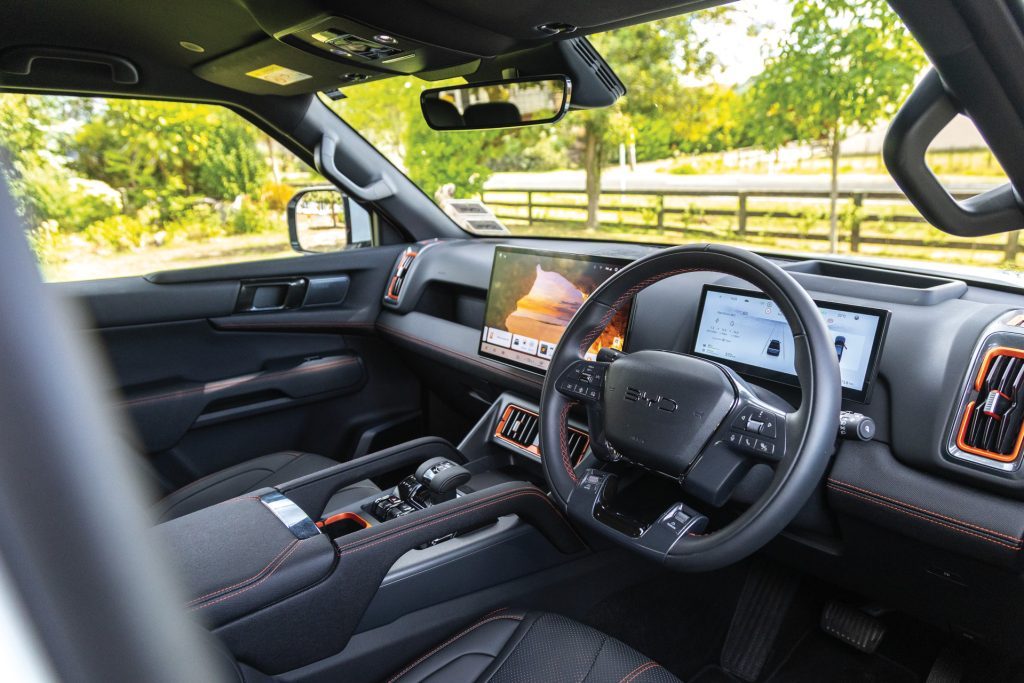
While it’s business out back, it’s a pleasure palace inside. The seats are seriously sumptuous, even in the rear. And there is the long list of standard features. The large screen can take some time to boot up first thing, and why some of the touch points are so small is mystifying, given the size of the thing. The clarity is tops, the surround view camera a model of resolution. This quickly appears when you prod the steering wheel button and you’ll need it; this is quite the beast in the car park and the extremities are hard to judge.
The abundant safety features issue the odd alert. Its driver monitor doesn’t like you looking too long at the screen and while the adaptive cruise works well, the Intelligent Cruise, which adds lane keeping, is best kept off. It’s forever self-steering and weaves in the lane too much.
The unladen ride may not be class leading but it does cope with bumps well. Its turning circle is large but the steering light, and the powertrain refinement is unmatched in its class. Even in hybrid mode, the engine is quiet, its vibrations well contained. Keep it charged up, and your fuel bills will be low too. While not cheap at $70k, in the scheme of the market, this is good value.
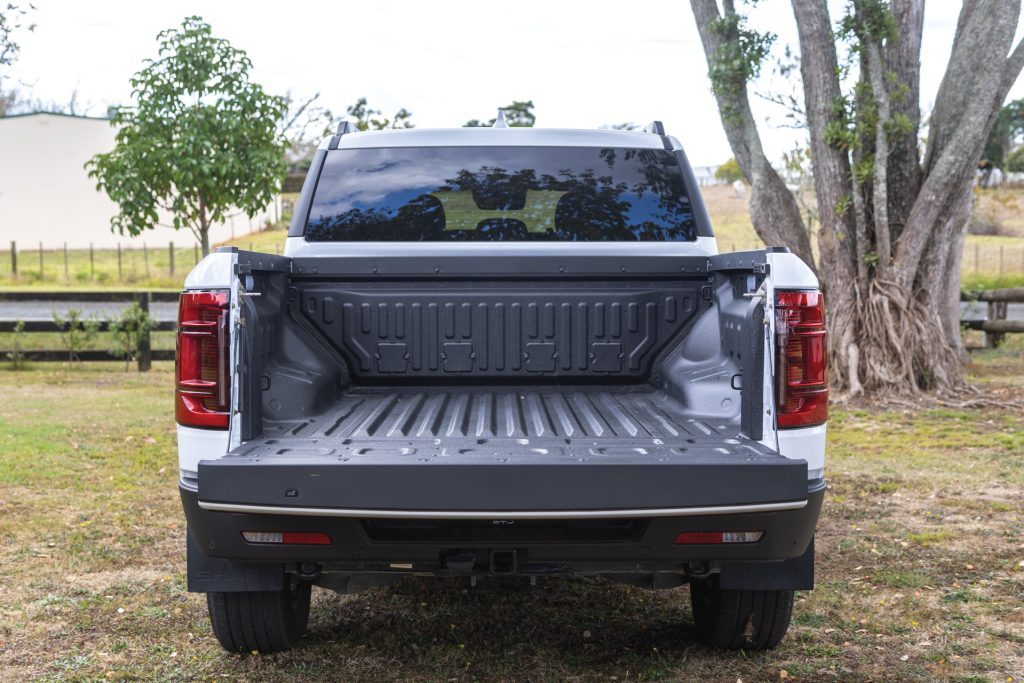
BYD Shark 6 premium
$69,990 / 2.0L/100km / 46g/km
0-100 km/h 6.3s
Ambient cabin noise 69.8dB@100km/h
Engine 1498cc / IL4 T
Max power 135kW
Max torque 260Nm
Motor output f-170kW/310Nm r-150kw/340Nm
Battery 29.58kWh
Range 100km claimed
Hybrid System Output 321kW / 650Nm
Drivetrain single-speed auto / e AWD
Front suspension Wishbones / swaybar
Rear suspension Solid axle
Turning circle 13.5m (3.5 turns)
Front brakes Ventilated discs
Rear brakes Discs
Stability systems ABS, ESP
Safety AEB, ACC, BSM, LDW, RCTA, ALK, AHB
Tyre size 265/65R18
Wheelbase 3260mm
L/W/H 5457 / 1971 / 1925mm
Track f-1660mm r-1660mm
Tow rating 750kg (2500kg braked)
Service intervals 12 months / 20,000km
Warranty 6yrs / 150,000 km
ANCAP rating ★★★★★ (2024)
Weight (claimed) 2710kg


